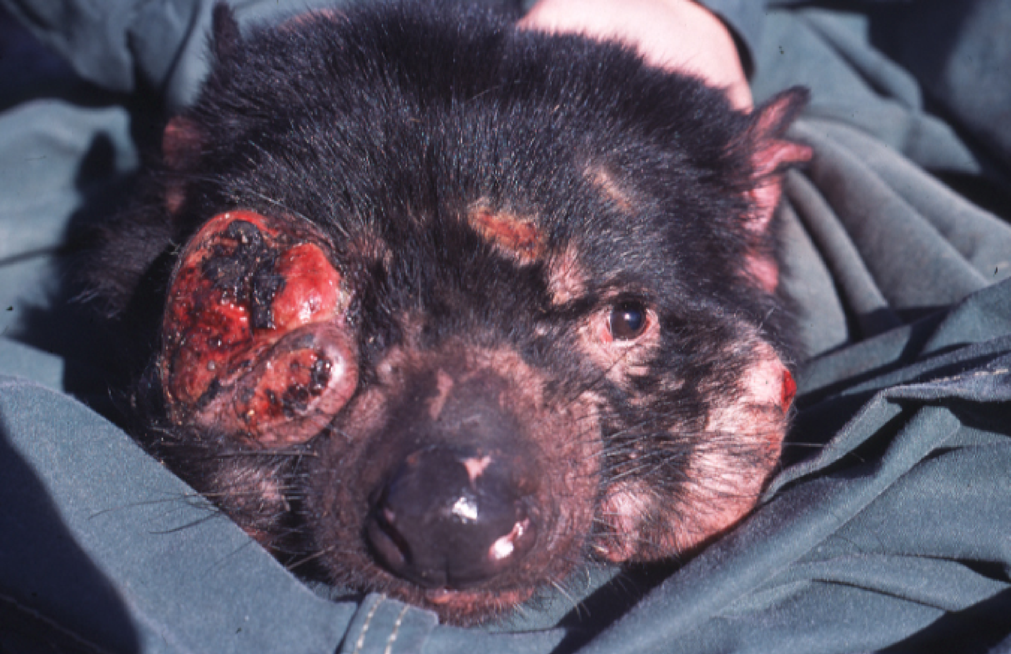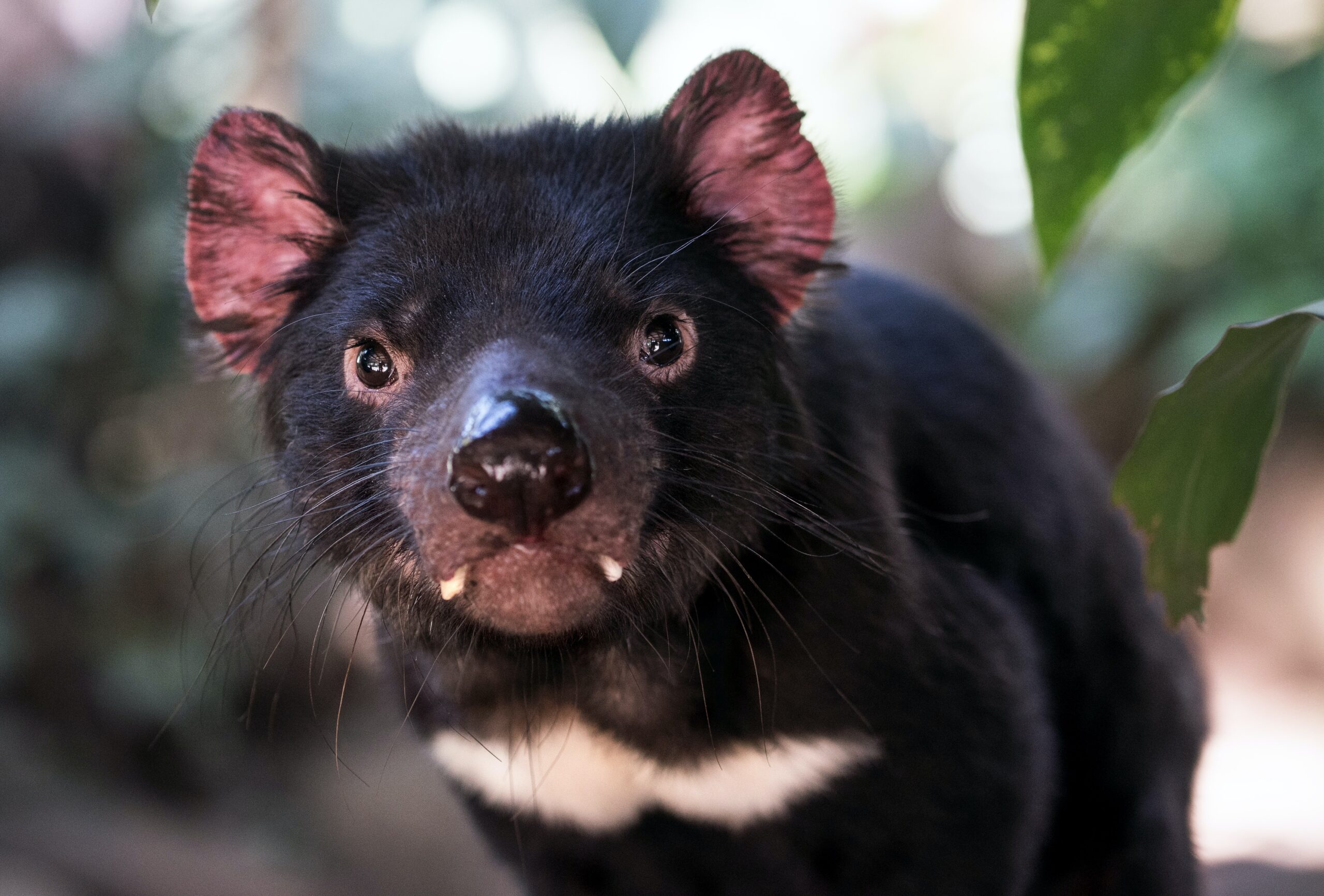
Solving a piece of the DFTD puzzle
Scientists have long puzzled over how and why the fatal facial tumour disease that continues to ravage populations of Tasmanian devils in the wild became a transmissible cancer, given tumours usually grow exclusively in the organism where their cell of origin derives from.
An international study that involved scientists from the CeMM Research Centre for Molecular Medicine of the Austrian Academy of Sciences, the Vienna University of Veterinary Medicine, and the Medical University of Vienna, in collaboration with researchers from the Universities of Cambridge, Southampton, Toronto and Tasmania, has found answers to an important part of this puzzle.
The results of their research were published during January in the journal Cancer Cell. They showed that molecular mechanisms are crucial for the transmissibility of the tumours, and that receptor molecules on the surface of the cancer cells – known as ERBB receptors – revealed massively increased activity.
Lindsay Kosack, co-author and research assistant at CeMM, explained how these ERBB receptors triggered a biochemical chain reaction within the cells that eventually activated STAT3 proteins – transcription factors that alter the cell’s genetic program and result in an extensive rebuild of the cell.
“The number of molecules serving as identification for the immune system were reduced, while their proliferation was accelerated, producing factors for metastasis of the tumour cells. Our experiments show for the first time that the excessive activation of ERBB receptors and STAT3 proteins play a key role in the transmissibility of the Tasmanian devil’s facial tumour. In further experiments we showed that the inhibition of ERBB receptors with a drug can selectively kill the cancer cells, which could play an important role for the treatment of the disease,” Kosack said.
While the extinction of Tasmanian devils is now less likely given the number of insurance populations, and growing evidence devils are displaying signs of both disease resistance, and an ability to co-exist with DFTD, (The Veterinarian, March, December 2018), CeMM Principal Investigator Andreas Bergthaler said the study could also prove significant for human cancer research since 99.1 per cent of the Tasmanian devil’s STAT3 are identical to the human protein, and many of the genes activated by STAT3 in the animals are also active in human cancers, although he said it is still unlikely a human cancer would become transmissible.
“The biological principles of invasion of new tissues are also crucial for non-transmissible tumours. Scientific aspects of cancer, contagious diseases and inflammatory processes can be studied with this rare phenomenon but aside from the molecular mechanisms that would need to evolve, humans are genetically much more diverse and resistant than the Tasmanian devil,” he said, adding that having a better molecular understanding of the rare disease could provide valuable insights on the fundamental biological mechanisms of cancer development.
Anne Layton-Bennett
‘The ERBB-STAT3 Axis Drives Tasmanian Devil Facial Tumor Disease’ is available at doi:10.1016/j/ccell.2018.11.018.


